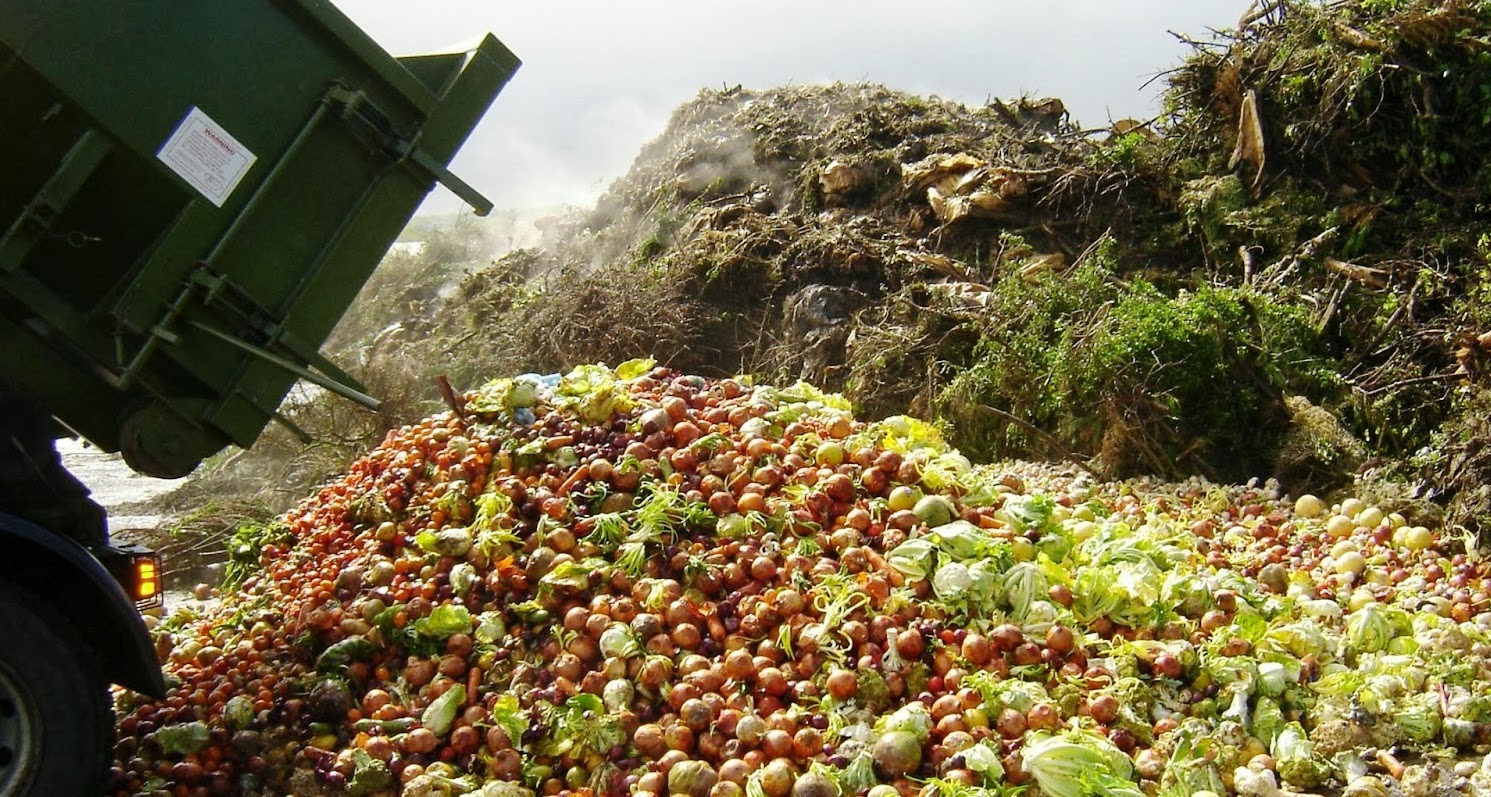



The COVID-19 pandemic and labour shortages have had a “massive” impact on the already high levels of produce wastage, according to Australia’s leading research centre on the issue. Dr Steve Lapidge is the inaugural CEO of Fight Food Waste Ltd, which incorporates the Fight Food Waste Cooperative Research Centre and Stop Food Waste Australia. He spoke at a webinar hosted by PMA-ANZ, where he explained that fruit and vegetables are by far the most wasted food type.
There were some interesting trends (from COVID). In terms of the consumer, we saw peaks in wastage of produce after ‘panic buying’. People were panic buying a lot of produce, and a lot of them went off. So, there was a peak at the start of the lockdown. Then it was quite the opposite, with people trying to make the most of their food so they didn’t have to go to the supermarket that often. In the production area, there were increases in crop utilisation; we know Woolworths, for example, were doing whole crop purchases because demand was so high. Right now, it is the labour shortage issue and getting those crops out of the paddock and orchards that is a real mess. How to prevent this in the future is something that we really should be looking at.
In 2019, Australia took its first national baseline of food waste and losses that were occurring. It found that Australia currently wastes 7.3 million tonnes of produce per annum. Another research study from the CSIRO found that out of a production of 6.5 million tonnes of horticulture, around 1.4 million tonnes were lost each year throughout Australia. Additionally, Dr Lapidge notes that in 2017, the Australian government committed to halving the country’s food waste by 2030, in the release of the Food Waste Strategy. However, it seems that produce is still being heavily wasted.